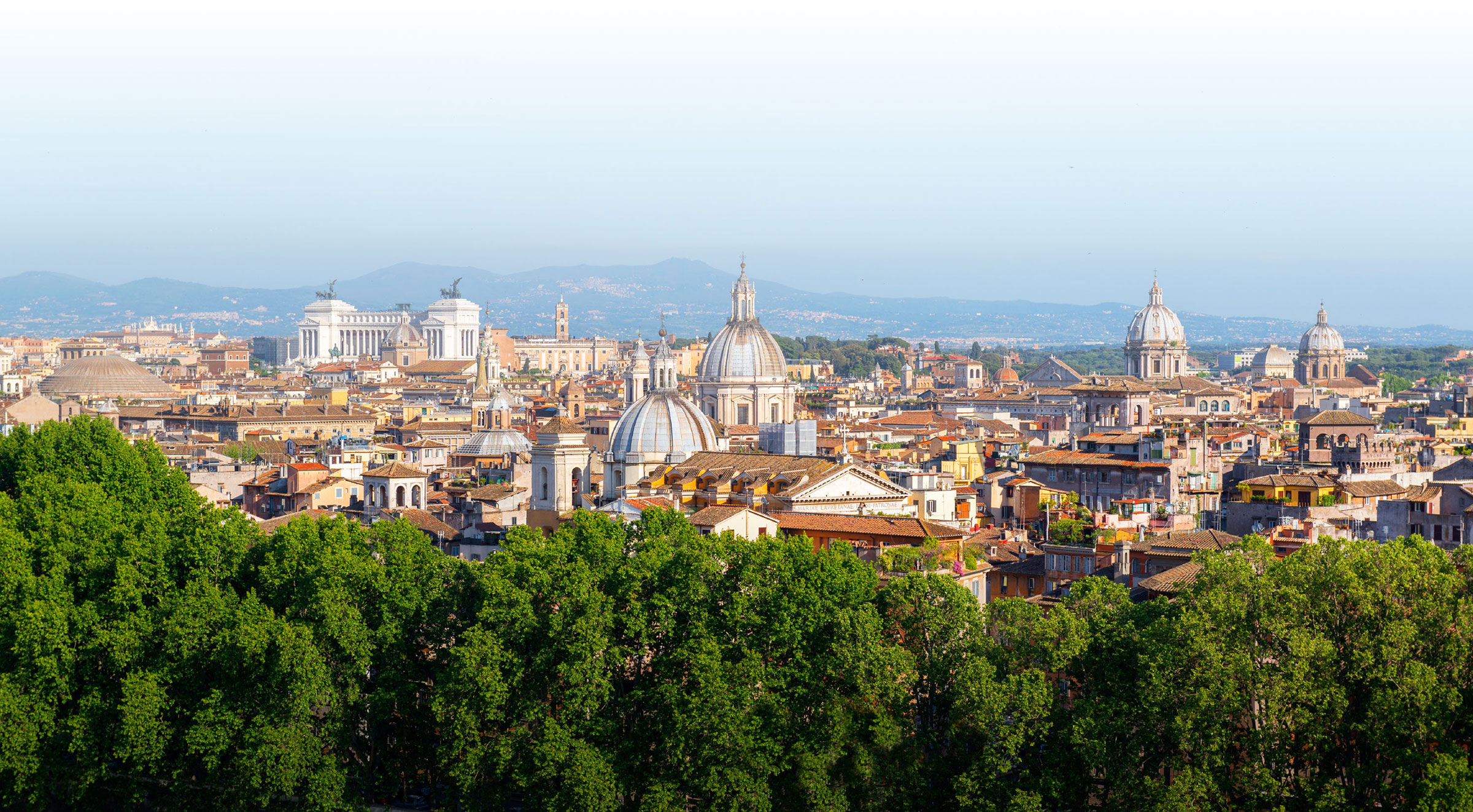The University of Virginia in Charlottesville, Virginia.
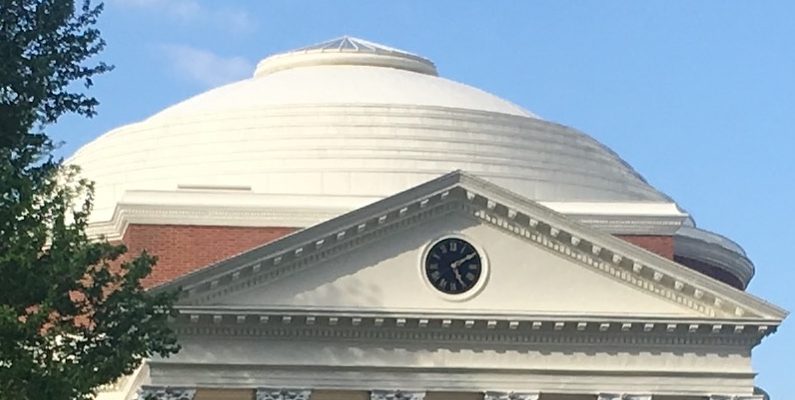
First, we would recommend taking your child to any and all University campuses. Every one of them is unique and has a history and atmosphere worth experiencing. A few, like Harvard in Boston are truly special for the role they have and continue to play in the world going back to the 1600’s and 1700’S. University of Virginia is one that a special trip is warranted. Most everything about the University is different from its peers. Thomas Jefferson was passionate about education and in his retirement from public office pursued his “hobby” of designing a university focused on the pursuit of knowledge. Jefferson was 74 years old when the University was founded. Paintings, busts and statues of Jefferson can be found all around the campus and he is affectionately to as TJ. He spent his last 9 years helping to design and oversee construction of it. His initial layout of the grounds (not called a campus) accomplished multiple objectives:
- Jefferson believed that public education was essential to the success of an American democracy based on men voting, but he also insisted on inspired public architecture.
- Multiple buildings designed in a quadrangle around an appealing lawn rather than one large building like the Wren building at William& Mary. A secondary benefit of this concept was to mitigate the spread of disease.
- Each building would be multi purpose to provide classrooms, meeting space and faculty housing connected by covered walkways to student housing producing active engagement. Jefferson refereed to his concept an “Academical Village.”
- Offered specializations in such diverse fields as Astronomy, Architecture, Botany, Philosophy, and Political Science rather than the traditional Medicine, Law, and Religion
- The focal point of the grounds is the Rotunda (a library) rather than a chapel. A Chapel was not even in Jefferson’s original design, although one was added in 1890. Jefferson went so far as to ban the teaching of Theology. The strikingly beautiful Rotunda is a domed building based on sixteenth-century Italian architect Andrea Palladio’s drawings of the ancient Roman Pantheon. A fun fact: after a fire in 1895 the clock face was designed to be bullet proof since students used it for target practice.
- Each building in this academic village differed slightly in architecture making the entire grounds a classroom
- Students to this day refer to each other as First, Second, Third and Forth year rather than the traditional Freshman, Sophomore, Junior and Seniors
- University of Virginia has an the Honor System, instated by Thomas Jefferson in 1819 intended to hold students the highest of standards. All students sign an Honor System contract: students pledge never to lie, cheat, or steal, and accept that the consequence for breaking this pledge is permanent dismissal from the University.
- A select group of students still get to live in the rooms along the lawn. Given the campus is now a World Heritage Site, the buildings cannot be updated resulting in some of the best and brightest recruited with full paid scholarships do not have attached bathrooms forcing them to walk outside a decent way to get to one.
Jefferson hired two professional architects to work with on the design and layout. Here is a description from Encyclopedia Virginia on the planning indicating the Roman and Greek influence on the design:
“Jefferson’s plan for the college began to change as he considered Latrobe’s and Thornton’s suggestions, the limitations of the site, and issues that arose during construction. Heeding the two architects’ advice, Jefferson placed the university library, which he called the Rotunda, at the head of the composition. A domed building based on sixteenth-century Italian architect Andrea Palladio’s drawings of the ancient Roman Pantheon, the Rotunda was the largest and most important building of the design and appropriately formal: it was decorated according to the Corinthian order, or principle of design (considered the most ornate of the three classical orders of architecture established by the Greeks), featured a pediment, and was approached by a gradual series of marble steps. Jefferson’s decision to terrace the Lawn and colonnades (the long sequence of columns) stretching out in front of it enhanced the Rotunda’s role in the plan’s hierarchy; the Lawn regularly descended southward from the Rotunda, making the building seem larger and more impressive. Jefferson also reduced the planned length of the Lawn from 257 yards to 200 yards to suit the topography. He finished the open colonnades with the simplest order, Tuscan, while using diverse architectural strategies and sources for the five pavilions punctuating each side. Jefferson consulted assorted architecture books for the features of ancient buildings in the various pavilions. He took the Doric pediment and details for Pavilion I, for example, from the Baths of Diocletian in Rome, as drawn by Roland Fréart de Chambray and Charles Errard in their 1766 publication, Parallèle de l’architecture antique avec la moderne, while he borrowed the Ionic order of Pavilion V from Palladio. Historians surmise that now-lost drawings by Latrobe probably inspired Jefferson’s distinctive designs for Pavilions VIII and IX. The brick columns and wooden details of the various buildings were stuccoed (coated to look like stonework). Carved Carrara marble capitals imported from Italy decorated the Rotunda and Pavilion III, the only buildings in the Corinthian order on the Lawn.”
Unlike most other institutions of higher education of the day—like Harvard, Princeton, William & Mary, and Yale—the University of Virginia was not affiliated with a particular Christian denomination. While nondenominational, it was not secular. Sunday services were held in the Rotunda but attending the service was not mandatory. Consider the role religion plays or does not play on college campuses today.
Knowing the University was built in the South during the early 1800’s one must explore the use and role of slaves. While the University would end up owning 4 slaves by 1830, most of the construction was done by slaves owned locally but hired out to the University. Records indicate the University paid $125 for one of its slaves and $580 for another. Faculty were allowed to have their slaves live with them at the University but students were not, although the hotels and boardinghouses had slaves that attended the students.
By the Civil War, the University was the second largest University in America, second to Harvard. It remained open throughout the Civil War even though more battles were fought in Virginia than any other state. It’s classes were impacted for a mere four days when the lawn was occupied by Union General George Armstrong Custer’s army.
For children interested in American writers, UVA was home to Edgar Allan Poe and Nobel Prize winner in Literature William Faulkner.
There is much to see and do visiting the University of Virginia campus. Learn about Thomas Jefferson, why UVA is very different from other Colleges; consider the history and impact of slavery. Take a step back and consider the economics of running UVA – how much is tuition? How many students? A college is essentially a big business which produces experts in various fields. Enrich you child’s education, take time to visit The University of Virginia in Charlottesville, Virginia.

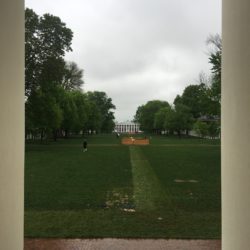
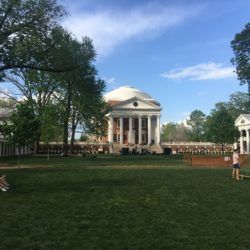
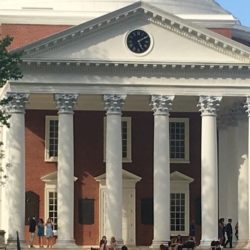
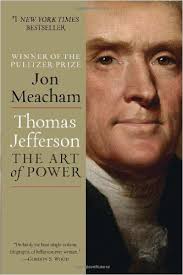 Thomas Jefferson: The Art of Power
Thomas Jefferson: The Art of Power
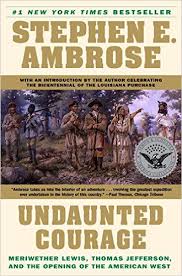 Undaunted Courage: Meriwether Lewis, Thomas Jefferson and the Opening of the American West
Undaunted Courage: Meriwether Lewis, Thomas Jefferson and the Opening of the American West
